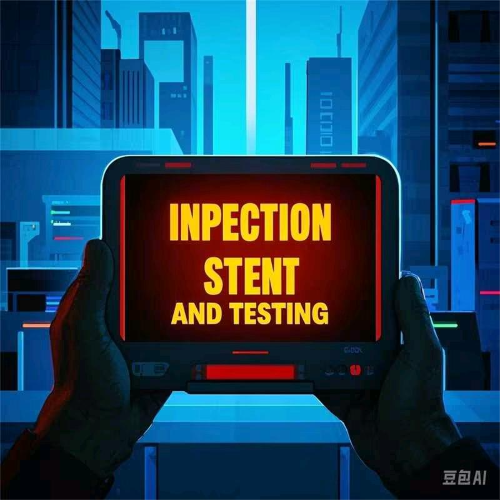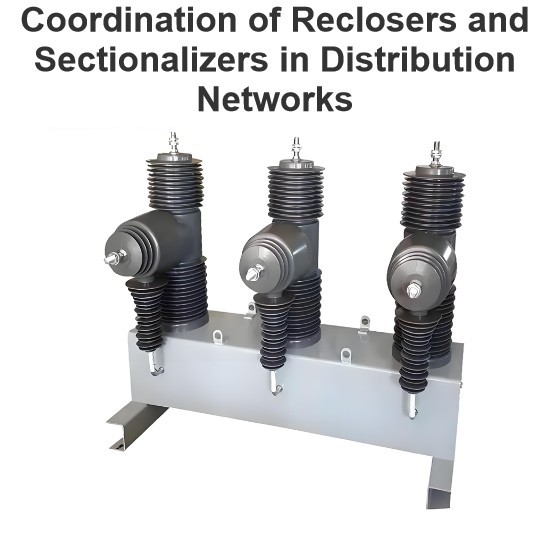The testing of reclosers in Nigeria is a rigorous, multi-stage process designed to ensure compliance with local regulations, adaptability to harsh environmental conditions, and reliable operation across diverse grid landscapes. Below is an in-depth exploration of the key testing phases and their technical implications:
1. Regulatory Compliance: SONCAP Certification and NERC Standards
Reclosers entering Nigeria’s market must first navigate mandatory regulatory hurdles. SONCAP certification involves comprehensive electrical safety assessments, including dielectric strength tests where 11kV models are subjected to 42kV for one minute to validate insulation integrity. Manufacturers must also provide documented proof of rated current capabilities, ensuring models meet the baseline 630A requirement and demonstrate fitness for 1250A industrial loads through load cycle simulations.
Concurrent with SONCAP, NERC’s anti-theft protocols demand robust physical security testing. Enclosures undergo forced-entry simulations using hydraulic tools to evaluate resistance to vandalism, while locking mechanisms are cycled 10,000+ times to prevent wear-induced failures. Smart models also undergo remote monitoring validation, ensuring GSM-based alarms respond to unauthorized access within 15 seconds.
2. Environmental Resilience Testing
Nigeria’s dual climate challenges—coastal salt fog and inland dust storms—drive specialized environmental testing. IP65 certification involves 8-hour exposure to 200μm dust particles in a controlled chamber, followed by low-pressure water jet tests to mimic tropical rainfall. In arid regions like Kano, reclosers face additional dust storm simulations, where labyrinth-sealed control panels are inspected for zero particle ingress.
Coastal deployments in Port Harcourt must endure ISO 9227 salt spray testing with 5% NaCl solution at 35°C for 1000 hours—far exceeding standard 96-hour benchmarks. Zinc-nickel plated enclosures (15μm thickness) are evaluated for red rust formation (ISO rating ≥8), while industrial zones near Lagos require acid gas exposure to 10ppm SO₂ and 5ppm NO₂ for 500 hours. Powder-coated surfaces must retain over 95% gloss and show no pitting per ASTM G85 standards.
3. Thermal and Mechanical Durability Assessments
High ambient temperatures (up to 45°C) necessitate rigorous thermal testing. Reclosers operate at full load in climate chambers, with thermal imaging tracking busbar hotspots that must remain below 105°C. During 1250A industrial load tests, silver-tungsten contacts (70% W) are evaluated for wear under 25kA fault currents, outperforming copper alternatives by 40%.
Mechanical resilience is validated through transport vibration simulations (5-50Hz sine sweep at 3g) and operational shock tests. In Owerri’s hilly terrain, reclosers endure 100Hz vibration cycles to ensure locknuts (upgraded to Nyloc® types) prevent terminal loosening, reducing connection failures from 30% to 5%.
4. Load and Interoperability Testing
Industrial zones like Onitsha’s commercial district require reclosers to handle 1.2MVA transformer loads. Testing includes 24-hour continuous operation at 1250A, with temperature rise limited to 65K per IEC 60865. Short-circuit withstand tests subject devices to 25kA for 2 seconds, verifying contact stability without welding.
Grid integration testing ensures compatibility with Nigeria’s 11kV infrastructure. Reclosers must coordinate with substation breakers for zero-second short-circuit tripping, while smart models undergo IEC 61850 protocol validation to support future smart grid upgrades.
5. Long-Term Reliability and Cost Optimization
Accelerated aging tests combine thermal cycling, humidity, and vibration to predict 10+ year lifespans. Cycle life testing subjects mechanisms to 10,000 trip-reclose operations, while modular designs are evaluated for field repairability using locally available spare parts. This focus on total cost of ownership (TCO) balances initial investment with reduced maintenance costs—for example, triple-layer Zn-Ni-PTFE coatings (15% higher cost) extend service life by 25%.
Conclusion
Nigeria’s recloser testing regimen is a strategic blend of regulatory compliance, environmental engineering, and grid-specific optimization. By integrating SONCAP’s safety benchmarks with site-specific challenges like salt corrosion and industrial load demands, these tests ensure equipment resilience in Lagos’ ports, Kano’s dust storms, and Abuja’s urban grids. This rigorous process not only prevents the 40% unscheduled outages seen in untested deployments but also aligns with Nigeria’s Power Sector Recovery Program, driving toward a more reliable and adaptive national grid.













